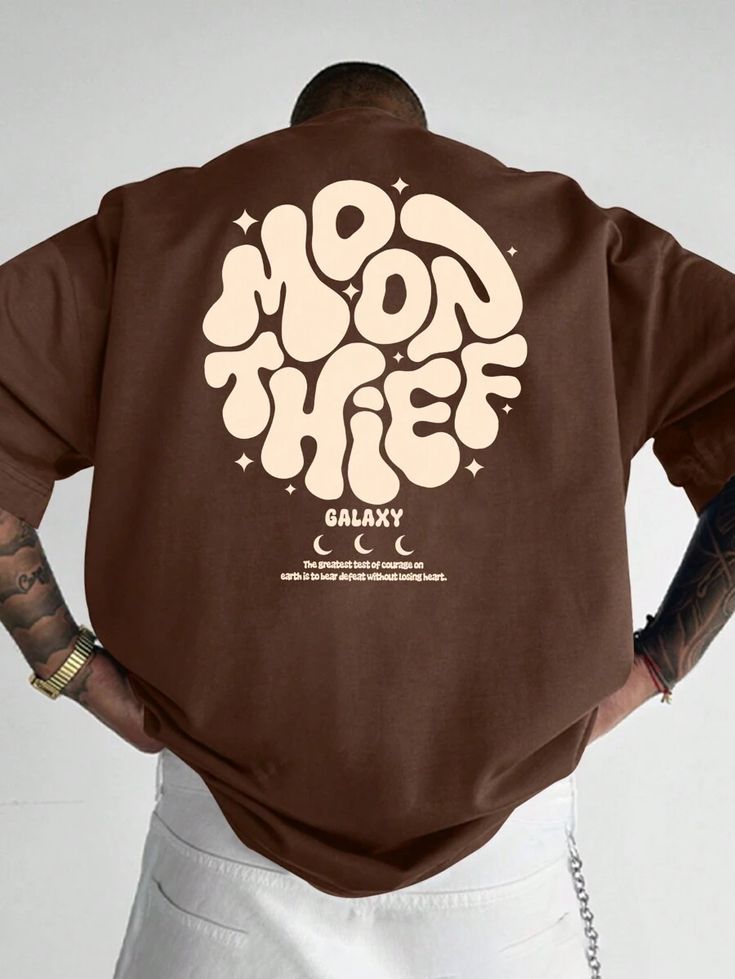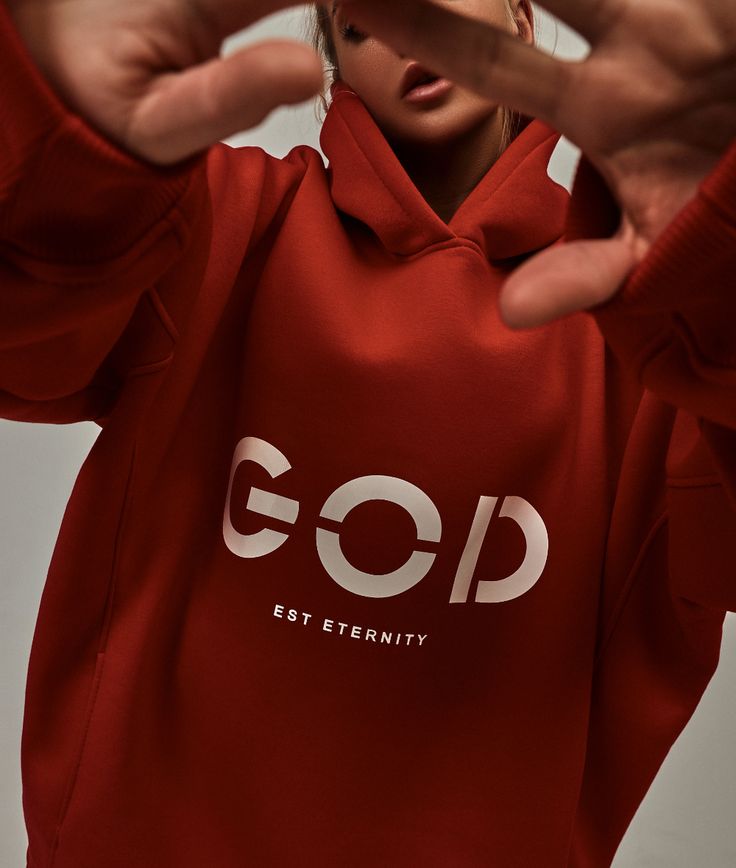Introduction
In 2025, fashion has evolved beyond aesthetics; it has become a political statement, a cultural weapon, and a daily manifesto. The phrase “Fabric of Resistance” encapsulates the powerful role that youth style plays in reshaping narratives, challenging outdated systems, and confronting social and environmental issues head-on. Today’s generation is not passively consuming trends; they are actively defying the status quo through intentional wardrobe choices. Every outfit tells a story, and increasingly, those stories are written in bold fonts, rebellious patterns, and sustainable materials.
This evolution in youth fashion does not emerge in a vacuum. It is fueled by a collective dissatisfaction with homogenized culture, climate inaction, labor injustice, and rigid identity norms. Through the lens of fashion, young people are crafting new identities and rewriting social scripts. Clothing has become armor for protest, symbols of solidarity, and vessels of personal power.
Wearing the Message: Fashion as Activism
Garments in 2025 have become visual platforms for advocacy. Graphic tees now display urgent political messages. Upcycled outfits challenge the wasteful nature of fast fashion. Gender-fluid silhouettes confront rigid binaries. From slogans stitched into collars to symbols hidden in hemlines, the details carry messages. Youth use these designs not just for personal expression but to rally others, to spark dialogue, and to advocate for change.
Fashion shows have transformed into performance protests. Runways feature models of all shapes, ethnicities, and identities wearing collections designed to speak out against injustice. Labels founded by young activists are gaining traction, producing pieces that reflect global issues and push forward equity. Clothes are no longer silent. They shout, they speak, and they resonate.
Historical Roots and Contemporary Echoes
While 2025 marks a new era, this isn’t the first time fashion has played a subversive role. The punk movement of the 1970s, the zoot suits of the 1940s, and the civil rights dress codes of the 1960s all demonstrate how youth have historically used fashion to resist oppression. What makes today different is the global scope and digital acceleration of these expressions. The internet amplifies these styles instantly, allowing resistance to cross borders and gain momentum worldwide.
Modern platforms like TikTok and Instagram allow marginalized voices to build communities through style. Viral hashtags become movements. DIY tutorials empower others to replicate designs rooted in activism. The collective archive of resistance fashion expands in real time, giving today’s youth access to inspiration from all corners of the globe.
Digital Runways and Virtual Rebellion
In a hyperconnected age, defiance is no longer bound to the physical. Digital fashion is booming in 2025, with avatars in metaverses and virtual worlds dressed in garments that would be impossible to construct in real life. These designs break free from material constraints and open a new frontier for expression. The rules are different online, and Gen Z knows how to use that to its advantage.
Online protests include fashion flash mobs, where coordinated avatars assemble in digital spaces wearing matching symbolic designs. Creators code garments that shift colors in response to news cycles or public sentiment. In this realm, resistance takes on a surreal edge, blending aesthetics and algorithm to create a dynamic protest language that transcends geography.
The Rebirth of Craft: Slow Fashion as Rebellion
The youth-led rejection of mass production has birthed a renaissance in craft. Embroidery, patchwork, hand-dyeing, and visible mending are no longer nostalgic acts—they’re insurgent ones. To spend time on a garment in 2025 is to stand against speed, convenience, and disposability. The resurgence of craft is a quiet, steady rebellion against the industrial fashion complex.
Workshops, fashion co-ops, and zine-style pattern collectives allow young people to learn from each other, trade skills, and create custom pieces that speak to their values. These clothes are cherished, not discarded. Their slow creation contrasts sharply with the fast turnover of mainstream fashion, making each stitch a form of resistance.
Materials That Matter: Eco-Defiance in Textile Choices
Today’s youth understand that what clothes are made from matters as much as how they look. Eco-conscious materials are at the forefront of 2025’s fashion revolution. Organic cotton, hemp, mycelium leather, and algae-based dyes are now symbols of a broader commitment to planetary health. Wearing these fabrics is an act of defiance against polluting industries.
Brands that fail to disclose supply chains or meet sustainability benchmarks are publicly called out and boycotted. Transparency is demanded, not requested. Youth designers prioritize local sourcing, low-impact dye processes, and biodegradable packaging. The materials are not merely ethical—they are radical declarations against extractive capitalism.
Cross-Cultural Collaboration and Solidarity Styling
The fabric of resistance is woven from threads across the world. Cultural garments are being reclaimed, remixed, and reinterpreted with respect and pride. Instead of cultural appropriation, the ethos of 2025 is cultural appreciation—fueled by collaboration, dialogue, and ethical acknowledgment. Indigenous prints, West African textiles, and East Asian embroidery motifs are shared with care and credited properly.
Youth movements across continents coordinate style-driven solidarity campaigns. Palestinian keffiyehs, Thai fisherman pants, and South American aguayo weaves become symbols of cross-border unity. These pieces serve not only as stylistic flair but as wearable declarations of support for global justice causes.
The Everyday Radical
Perhaps the most revolutionary aspect of fashion in 2025 is its daily utility. Resistance is no longer reserved for protests or events; it is embedded in daily attire. Students wear jackets emblazoned with feminist slogans. Commuters sport bags made from recycled banners. Gym clothes double as climate crisis awareness tools. Fashion is not separated from function—it is folded into the very routines of life.
Youth defiance through fashion doesn’t always shout. Sometimes it whispers: through a pin, a patch, a palette. Yet these subtler gestures are no less potent. They are quiet affirmations of belief, lived-in symbols of values, and reminders that change is personal as well as collective.
Conclusion
The “Fabric of Resistance” is more than a metaphor; it is the warp and weft of a generation refusing to conform. In 2025, clothing has become one of the most powerful languages of dissent. It bridges culture, politics, identity, and art. Through style, young people are reclaiming agency, reimagining systems, and reshaping the fashion industry from the inside out.
As the seams of tradition continue to unravel, new garments of meaning take their place—designed not by corporations, but by youth with vision. Every stitch matters. Every ensemble is a manifesto. In the hands of today’s changemakers, fashion is the front line of resistance.



